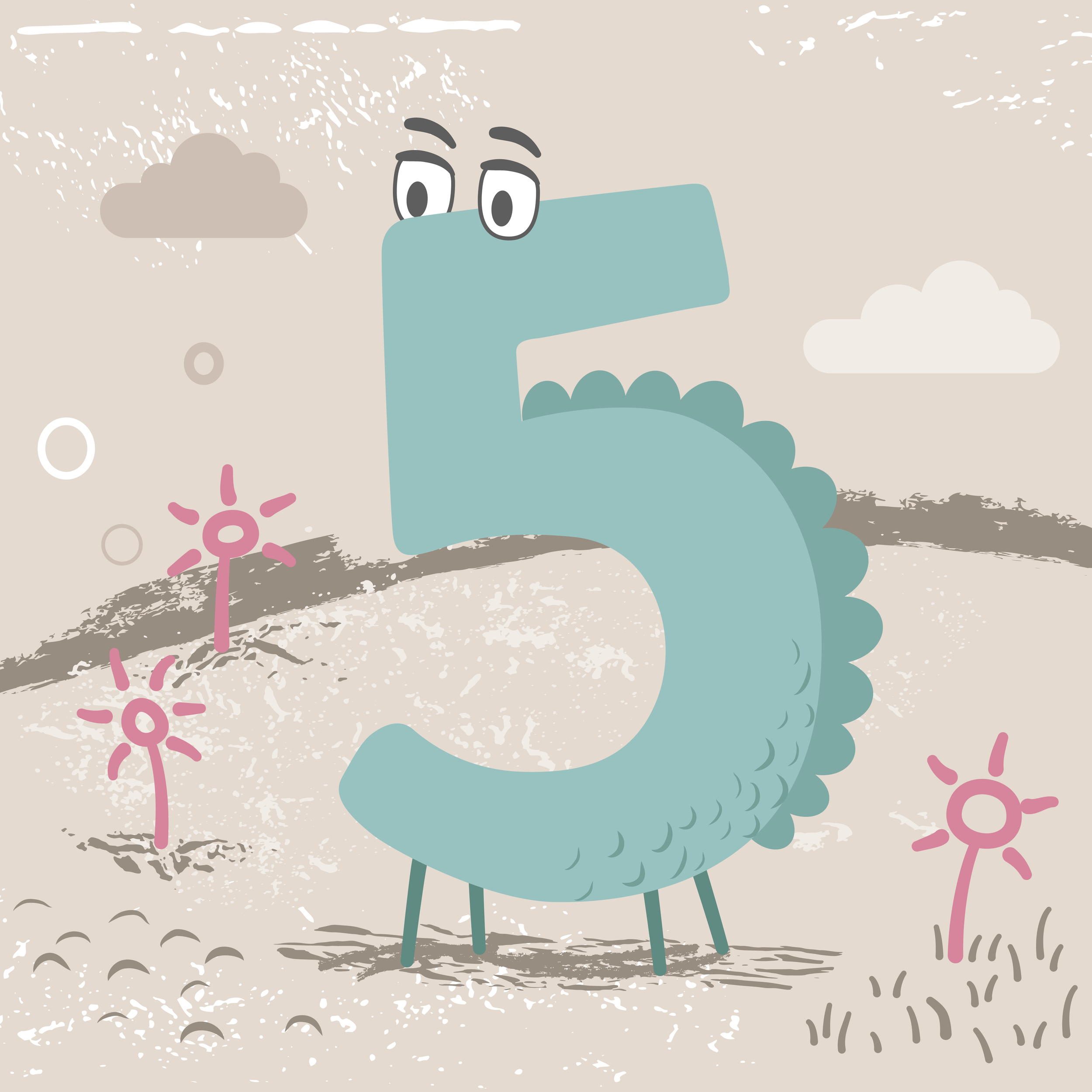Violin Parts: Putting it all together
All the violin parts fit together to make the instrument you know and love. How familiar are you with them?
Most people think of a scroll as being an ancient Egyptian record, but did you know that a scroll is also the end of a violin?
A violin bridge, it's not for crossing over...unless you're a violin string.
A chin rest.....well some things are just as they sound...a place to rest your chin.
Could you label a picture of the violin parts? No need to worry, I have done it for you.
Look below for a complete diagram and description the parts of a violin.
Scroll - located at the top of the violin. It's main function is decoration, but right below it is the pegbox where the strings thread through the tuning pegs.
Tuning Pegs - Used to tune the violin. Turn the pegs clockwise to tighten the strings, tuning the instrument higher. Turn the pegs counter-clockwise to loosen the strings, tuning the instrument lower.
Neck - Words can be deceiving. At first, you may think this is where you put your neck. Instead it is the violin's neck. If you study the violin, you will see that it does look like a neck coming off of the violin's main body.
Fingerboard - The wooden strip on top of the neck. Usually dark in color, this is where the strings run and where the fingers play. The closer you play to the scroll the lower the pitch; the closer you play to the bridge the higher the pitch.
Bridge - The bridge and the strings work together to produce a good quality of sound. The bridge holds the strings off of the fingerboard and allows the strings to vibrate. The string tension keeps the bridge in place and allows the bridge to vibrate.
F-holes - It is called F Hole because it looks like a cursive letter F. There are two symmetric F-holes on adjacent sides of the violin. The F-holes allow the sound to come out of the violin. To access the sound posts inside the violin, you go through the F-holes.
Tailpiece - The tailpiece holds the strings into place at a good distance from the bridge. The Tailpiece is also where you will find the 'fine' tuners.
Fine Tuners - Used to make small adjustments in the tuning of the violin. If you turn them clockwise it will tune the violin higher. If you turn them counter-clockwise it will tune the violin lower. Quite often you will find 'fine' tuners on the E string only.
Chin Rest - The chin rest is used to help the violinist hold the violin up. It aids in good violin posture and proper positioning.














